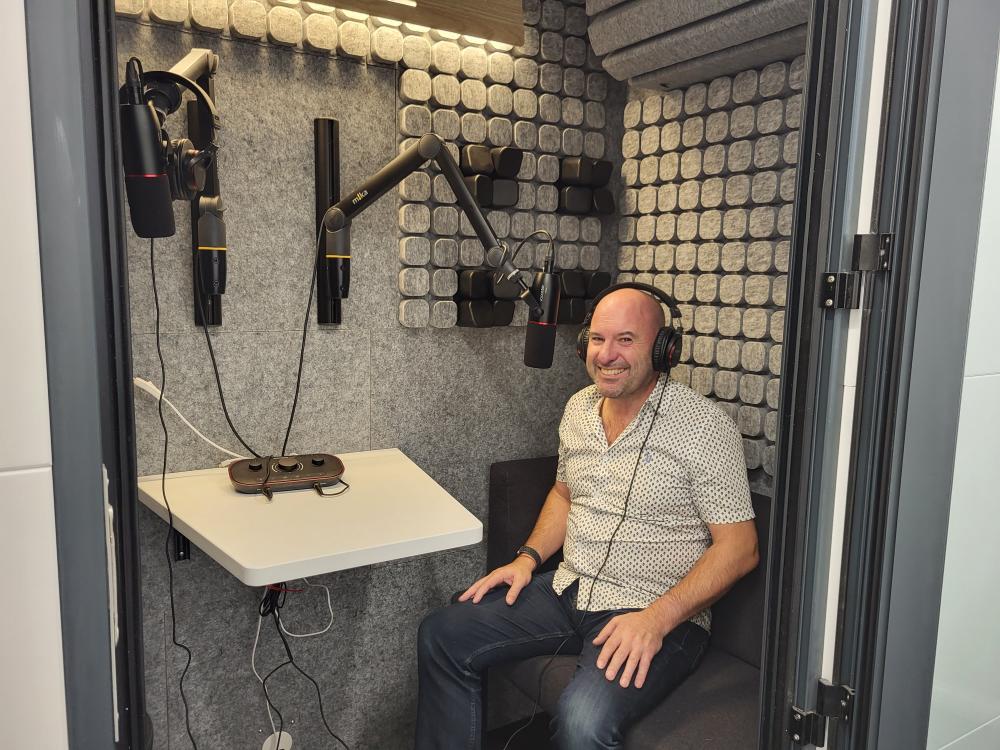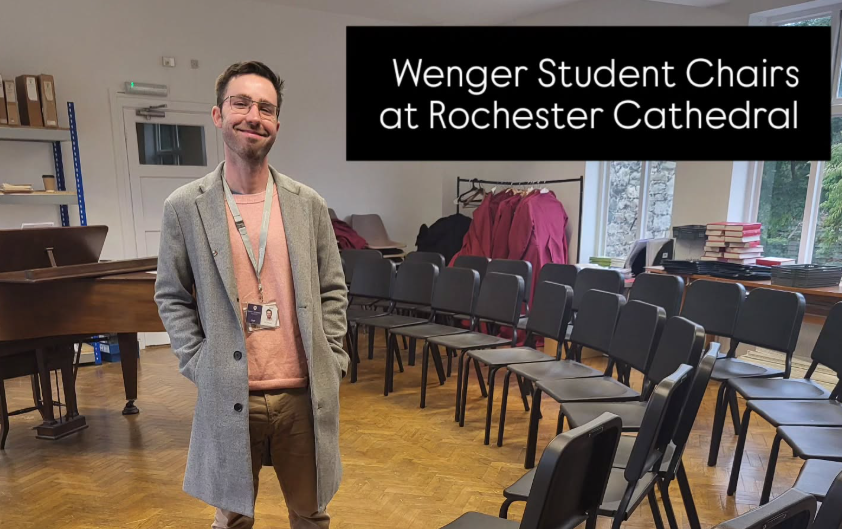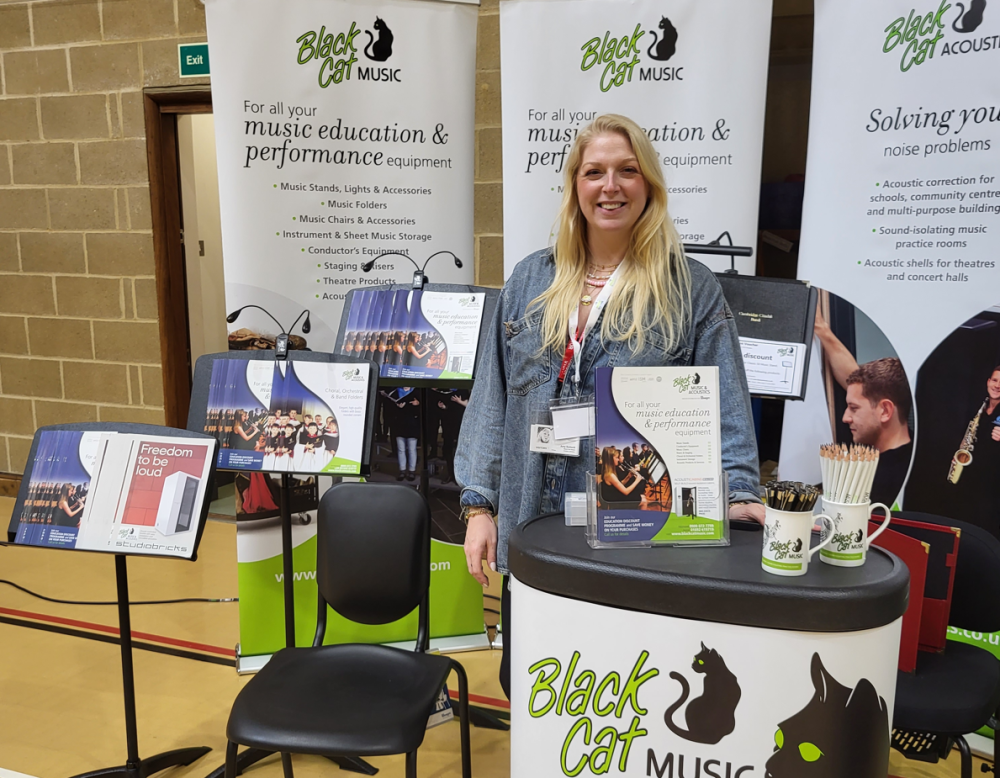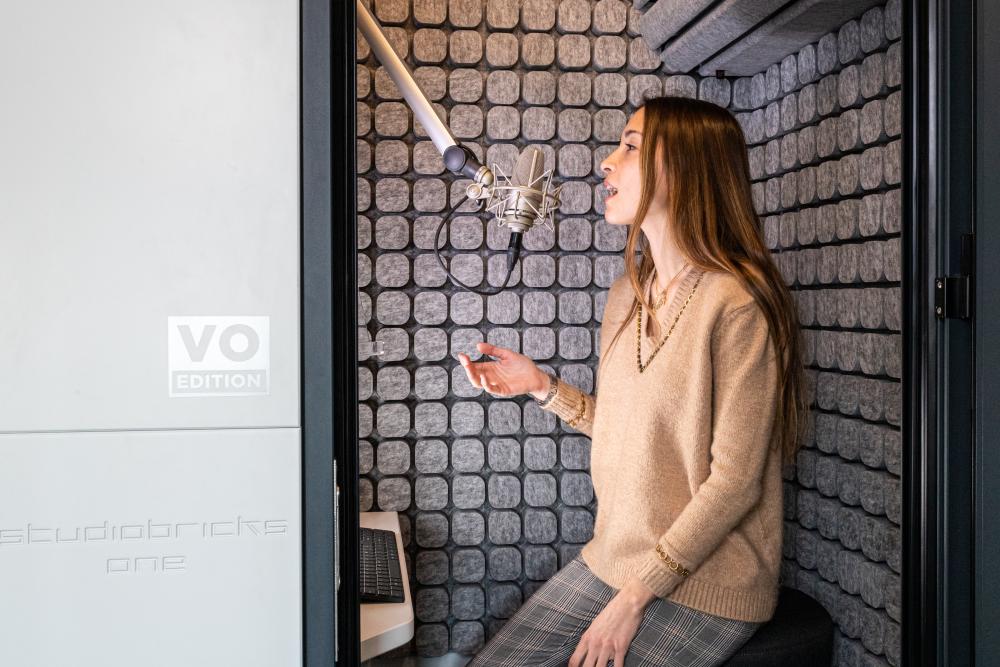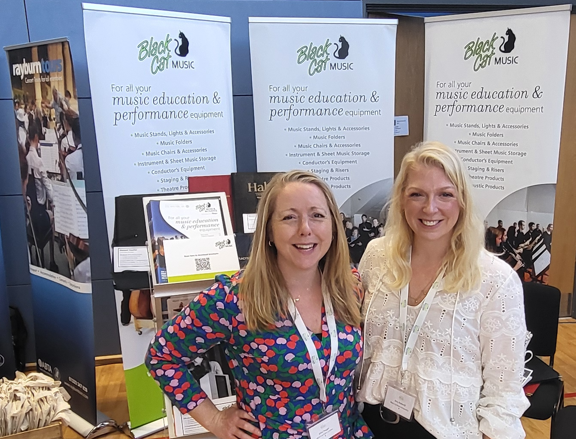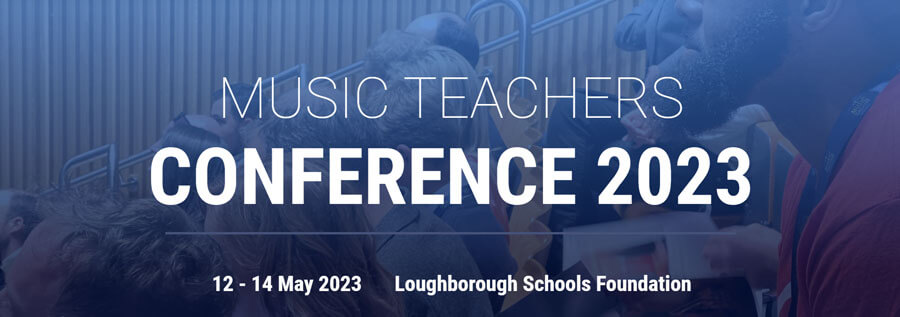The ISBA conference currently taking place in Torquay is proving to be extremely busy, with the Black Cat Music and Acoustics team delighted to be part of it all.
Reporting from the English seaside resort that provides a lovely setting for this event, Black Cat Music manager, Teresa Rogers highlights the great interest shown in our acoustic solutions and sound-isolating, modular music practice rooms.
Teresa says: "We are really pleased that our Music Practice Rooms are receiving such a positive response with school bursars. There is no doubt that our modular, re-locatable sound pods offer a flexible and cost-effective solution for managing space and controlling noise in school music departments, and these advantages are clearly not lost on school bursars."
Martin Loft adds: "Our structured payment options are also proving popular with school bursars, as structured payments enable schools to purchase the equipment they need, while spreading payments over 1 to 5 years and making significant savings."
In addition to acoustic solutions and sound-isolating, modular Music Practice Rooms from
www.musicpracticerooms.com,
Black Cat is displaying a wide range of quality music performance equipment, from music stands and posture chairs to staging, choral risers and elegant instrument storage solutions for school music departments.
The
2013 ISBA annual conference at the Riviera International Conference Centre (RICC) in Torquay is an annual members only two-day event, held in selected locations throughout the UK that attracts some 400 bursars and senior management staff from member schools and around 100 exhibitors.





